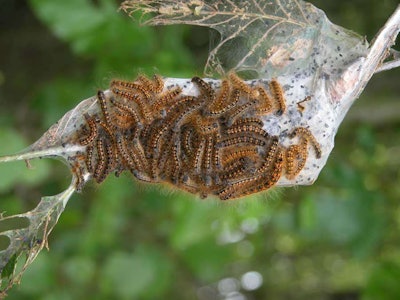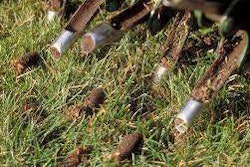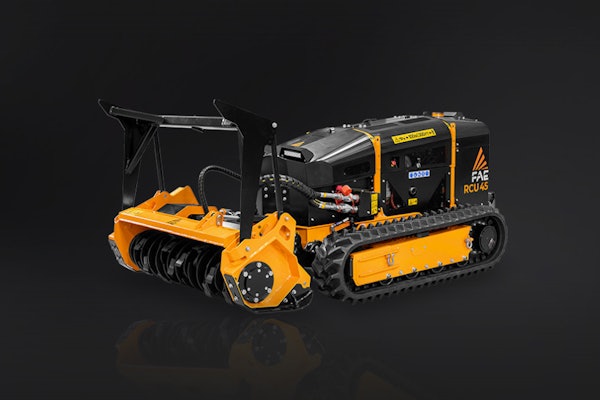 Source: Washington State Department of Agriculture
Source: Washington State Department of AgricultureCaterpillars are climbing the list of pestering insects after one species began to devastate a schoolyard in Washington.
Tent caterpillars started burrowing into newly planted Yoshino cherry trees and started to move to the birch trees and laurel shrub at Charles Wilkes Elementary School, according to the Bainbridge Island Review.
The school will be using a mixture of insecticide and organic tea to remove the insects that started the infestation in early May.
Tent caterpillars eat all of the leaves on one branch on a tree before moving to the next. After splitting into smaller groups, the insects move to a variety of branches and can remove 20 percent of foliation on a tree.
“Forest tent caterpillars (Malacosoma disstria Hubner) do not form a true tent despite their name. Rather, they spin silken mats on tree branches or trunks. The mature caterpillar is about 2 inches long,” according to an article from the Washington State University Extension. “Its body is blue with black spatters and has white, footprint-shaped markings.”
The best time to prune or spray the caterpillars in when they return to their nests at night.










